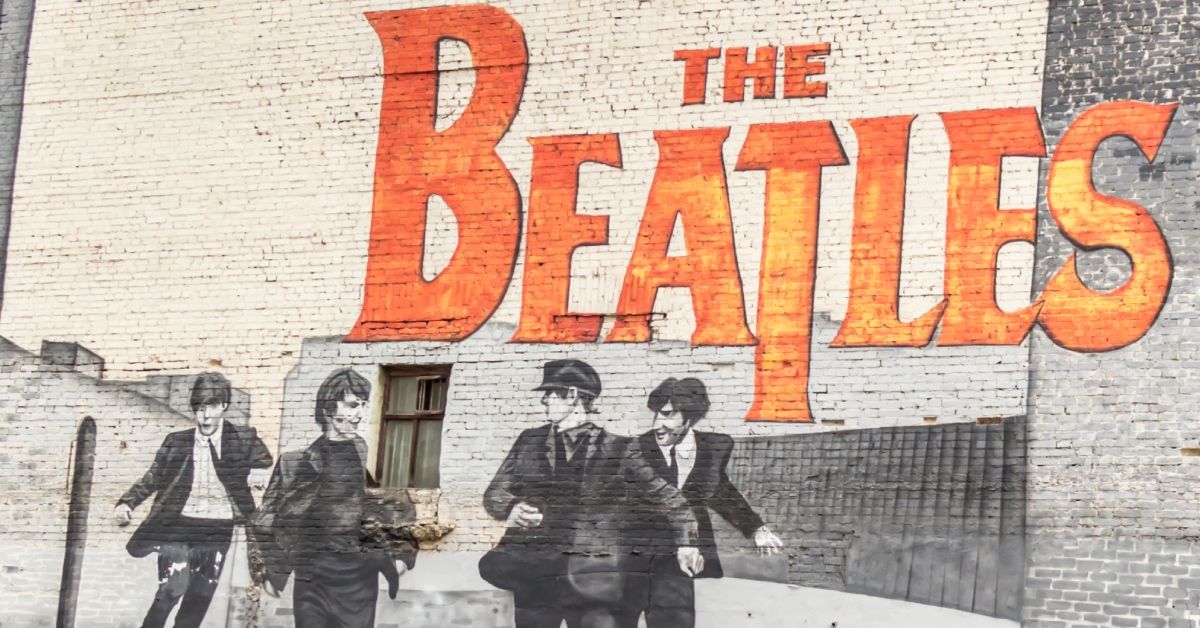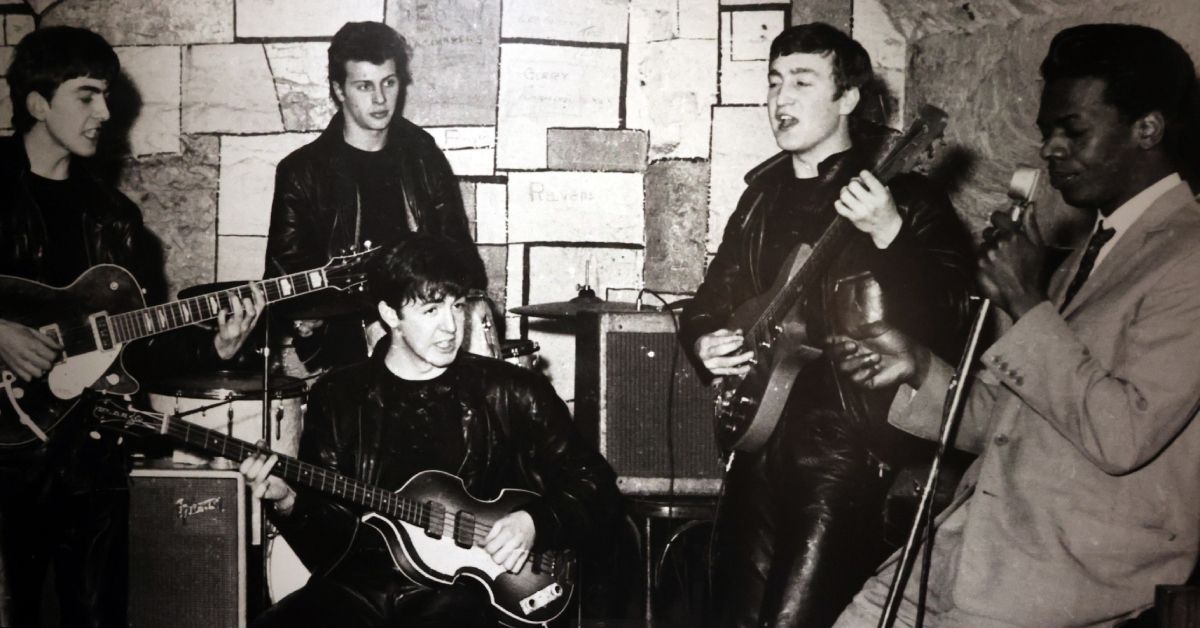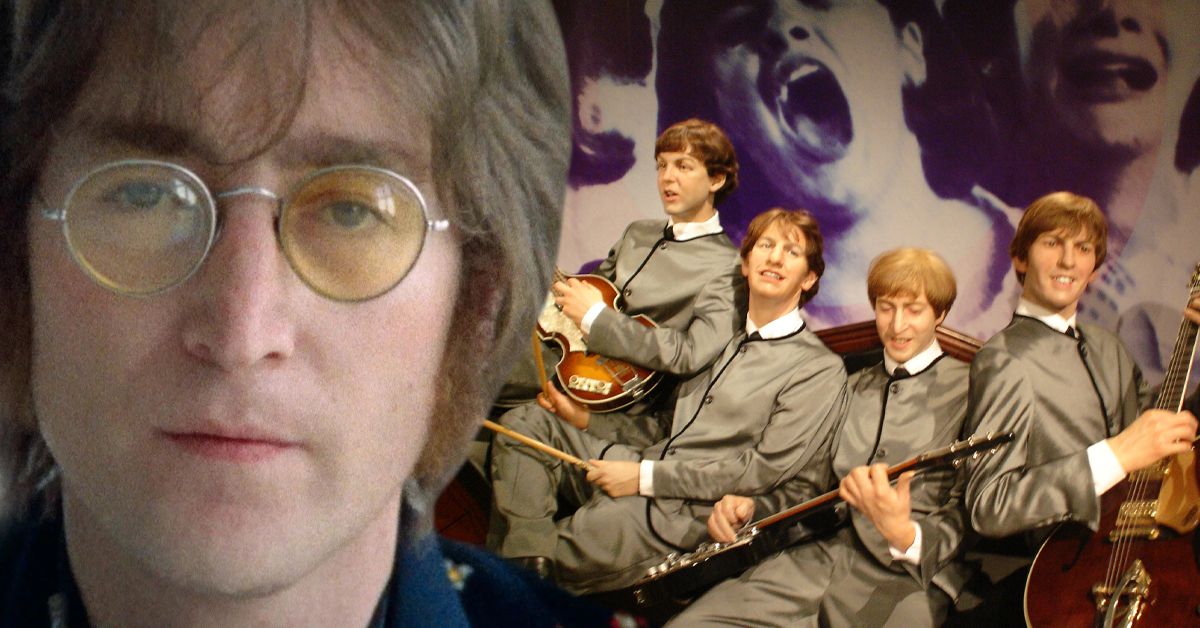A Heartbreaking Dream Inspired Paul McCartney’s “Let It Be”
Beatles legend Paul McCartney got the inspiration for one of his most iconic compositions from a deeply personal dream.
Highlights
“Let It Be” is one of the Beatles’ most beloved songs.
The song was inspired by a dream in which Paul McCartney’s late mother appeared.
The legacy of “Let It Be” includes its success as a chart-topping hit.
Music legend Paul McCartney wrote one of his most commercially and critically acclaimed compositions in a turbulent time for his iconic band, the Beatles. In fact, “Let It Be” would be one of the last songs McCartney ever wrote as a Beatle.
“Let It Be” has become one of the Beatles’ most recognized and beloved songs. People around the world of all ages know the chorus and melody to it. More so, the song is perhaps McCartney’s most personal work. McCartney, whose artistry and songwriting ability is unquestioned, looked to a heartbreaking dream for inspiration as he penned the 1970 track.
What Inspired Paul McCartney To Write “Let It Be”?
During the height of the Beatles’ popularity, the band was at their creative peak. They emphasized more time in the studio experimenting with musicality, rather than touring. Unfortunately, relationship issues began to emerge for Paul McCartney, John Lennon, Ringo Starr, and George Harrison in the mid to late 1960s, which ultimately led to the Beatles’ disbandment.

While McCartney always focused on his work and creating incredible music, he was also stressed and frustrated. The challenges that come with worldwide fame only added to McCartney’s mental state. According to a Carpool Karaoke episode, McCartney revealed that his late mother appeared to him in a dream to comfort him in his time of distress. In the dream, she gave her son solid advice: “just let it be.”
According to Women Working, this dream was particularly meaningful to McCartney since he lost his mom as a teenager. His mom never got to seem him grow up or celebrate his success as a singer and musician.

McCartney got to experience his mother’s love again and hear her warm words of guidance and encouragement. This had a profound impact on McCartney, and inspired him to write “Let It Be” during The Beatles’ complicated “White Album” sessions.
Interestingly, McCartney’s mother’s name was Mary McCartney.
Fans have often wondered if this is why the phrase “Mother Mary” is included in the song
Others believe “Mother Mary” is in reference to the Virgin Mary of the Catholic and Christian tradition
What Is “Let It Be”‘s Legacy?
“Let It Be” eventually served as the title track on The Beatles’s final album, which was released in March 1970. The song went to number one on the U.S. Billboard Hot 100 chart and number two on the U.K. Singles chart. According to Billboard, the “Let It Be” album returned to the Billboard charts in 2021, after a special re-release.
While “Let It Be” became beloved by fans, it was not a hit with fellow Beatle, John Lennon. Lennon actually loathed the song because he did not think it artistically suited the Beatles. Though Lennon hated “Let It Be” and had nothing to do with its composition, the track was still credited to both Lennon and McCartney.

Two different versions of “Let It Be” exist:
Phil Spector produced the album version of the song, which featured a stronger orchestra and guitar mix
George Martin, the Beatles’s long term collaborator, produced the single version, which had a lighter guitar and orchestra mix
Spector also produced an elaborate version of “The Long and Winding Road”, featured on the “Let It Be” album, which was criticized by McCartney. According to Song Facts, McCartney hated Spector’s production on the track and thought the orchestra mix was too strong. Lennon and Harrison often favored Spector’s production style, while McCartney sought full creative control on his work.
McCartney’s disapproval of later Beatles tracks only escalated the Beatles’ difficulties. While “Let It Be” is a legendary track, some fans and historians believe it and its accompanying album played a role in the Beatles’s disbandment. Lennon also had creative differences with Harrison in the past that almost ruined their professional and personal relationships. According to History, all the Beatles were exploring solo projects by early 1970 and McCartney officially announced the group’s breakup on April 10th.
Both Lennon and Harrison would eventually record solo albums with Spector named as a producer.
John Lennon
“John Lennon/Plastic Ono Band” (December 1970)
“Imagine” (September 1971)
“Sometime in New York City” (June 1972)
“Rock ‘n’ Roll” (February 1975)
George Harrison
All Things Must Pass (November 1970)
The Concert for Bangladesh (December 1971)
Was There A “Let It Be” Film?
The original “Let It Be” documentary was released in May 1970. The film, which was raw in nature, showed some of the Beatles’s complicated relationships during the album’s production. In turn, the film received criticism from Beatles members and fans had mixed emotions about how it represented the Beatles in their final months together as a band.

Due to the film’s controversies, it has not been officially released as a DVD, Blu-ray, or been made available on streaming. Footage taken for the “Let It Be” documentary was later used for Peter Jackson’s The Beatles: Get Back documentary series.
Jackson’s multi part documentary, which also covered the creation of the “Let It Be” album, gave fans a new perspective about the sessions
Was released on Disney+ in November 2021
Has received critical and commercial acclaim and has been praised by Paul McCartney and Ringo Starr
While the original documentary was more gloomy in nature, Jackson discovered and utilized footage that showed that the process recording “Let It Be” was not as negative as it was thought to be. According to The Sunday Times, The Beatles: Get Back made McCartney himself remember the good times when creating the “Let It Be” album.

Jackson’s documentary series has allowed Starr and McCartney to reminisce about the “Let It Be” sessions and what led to the Beatles’ breakup. According to People, Starr told fans that “I think you see the joy… We found 56 hours of unused footage mainly filled with laughter.” Even though challenges emerged between the Beatles’ four members, they still had fun together as they collaborated creatively. Each Beatle had something to contribute to the band’s success and their partnership is one of the most successful in entertainment history.





